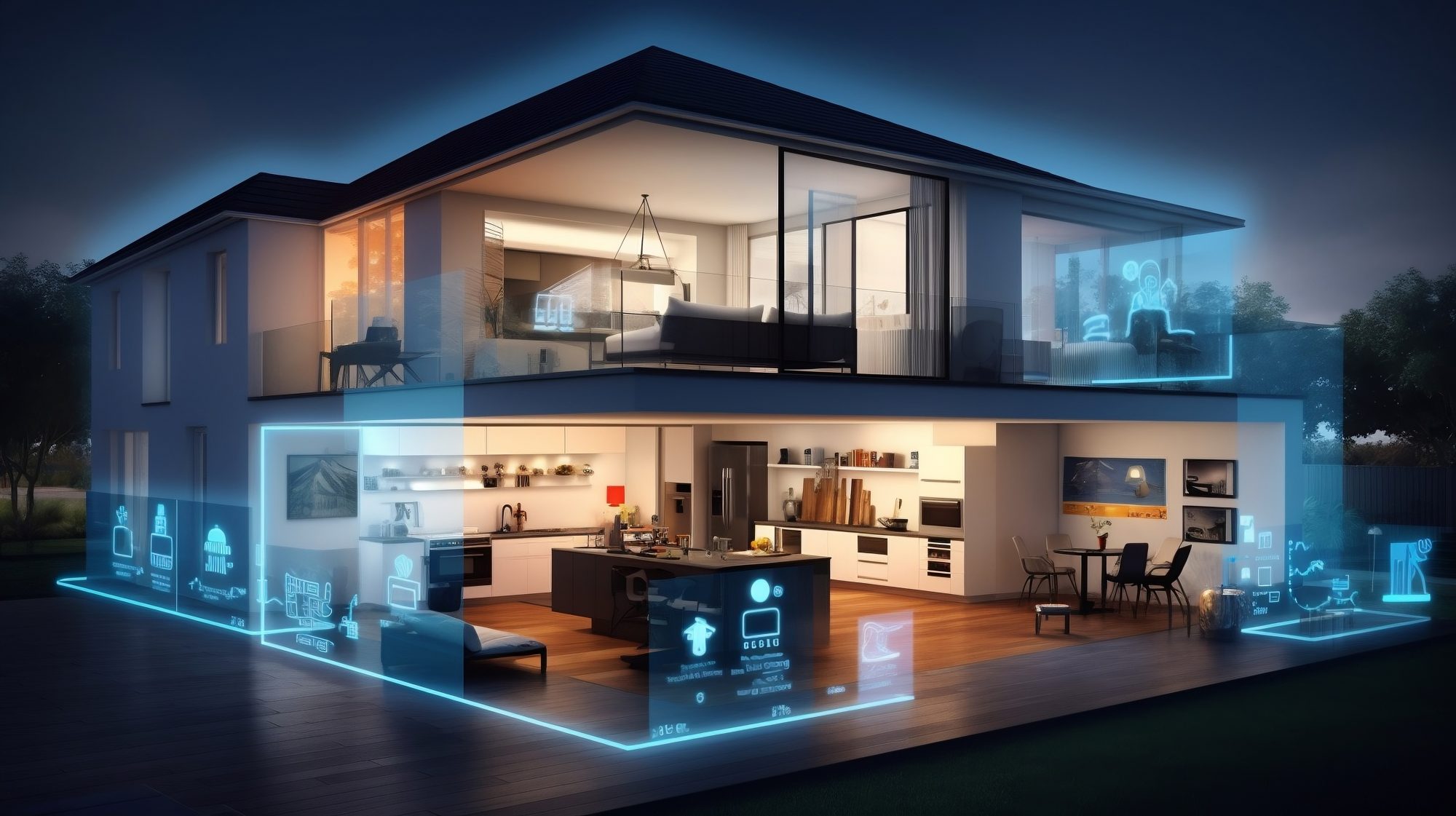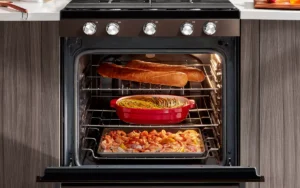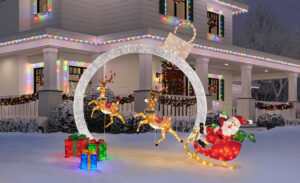Welcome to the bright future of smart lighting! Whether you’re a tech-savvy homeowner or just starting to dip your toes into the world of home automation, smart lighting is an exciting and impactful upgrade. But with so many options available, how do you choose between advanced systems and DIY solutions? Let’s break down the differences, benefits, and potential drawbacks to help you make the best choice for your home.
What is Smart Lighting?
Smart lighting systems go beyond traditional on-and-off switches. They allow you to control your lights remotely, set schedules, adjust brightness, and even change colors with a simple voice command or through a smartphone app. The goal is to enhance convenience, save energy, and create the perfect ambiance for any occasion.
Advanced Smart Lighting Systems
Advanced smart lighting systems are typically installed by professionals and offer a high level of integration and customization. Brands like Lutron, Control4, and Crestron lead the market with their sophisticated offerings. Here’s why you might consider going the advanced route:
- Seamless Integration: Advanced systems can integrate with other smart home devices, such as thermostats, security systems, and home entertainment. This creates a unified and seamless smart home experience.
- Professional Installation: These systems are installed by certified professionals, ensuring that everything works perfectly from day one. This is especially beneficial for large homes or complex setups.
- Customization: With advanced systems, you can customize every aspect of your lighting, from dimming levels to color temperatures. Some systems even learn your habits and adjust lighting automatically.
- Reliability: These systems are designed for reliability and often come with extensive support and warranties. They are less likely to experience connectivity issues compared to some DIY options.
However, advanced systems do come with some drawbacks:
- Cost: Professional installation and the high quality of these systems mean they come with a higher price tag. They are a significant investment.
- Complexity: While the end result is user-friendly, the setup process can be complex. You’ll need to work with professionals for installation and any future modifications.
DIY Smart Lighting Systems
DIY smart lighting systems, like those from Philips Hue, LIFX, and Wyze, are designed for easy installation and flexibility. They’re perfect for renters or anyone looking to start small and scale up gradually. Here’s why DIY might be your best bet:
- Affordability: DIY systems are generally more budget-friendly. You can start with a few smart bulbs and expand as your needs grow.
- Ease of Installation: These systems are designed to be user-friendly, allowing you to install them yourself without any professional help. Most setups are as simple as screwing in a bulb and connecting it to an app.
- Flexibility: DIY systems offer great flexibility. You can easily move them from room to room or take them with you if you move.
- Wide Range of Options: From color-changing bulbs to smart plugs and switches, DIY systems offer a wide variety of products to fit any need or budget.
There are some limitations to consider with DIY systems:
- Integration: While many DIY systems work with popular smart home platforms like Amazon Alexa, Google Home, and Apple HomeKit, they might not integrate as seamlessly as advanced systems.
- Scalability: For larger homes or more complex setups, DIY systems might fall short in terms of range and reliability.
- Support: DIY solutions typically come with basic customer support, which might not be as comprehensive as the service provided by advanced system providers.
Choosing the Right System for You
When deciding between advanced and DIY smart lighting systems, consider the following factors:
- Budget: Determine how much you’re willing to invest in your smart lighting setup. DIY systems are more affordable initially, but advanced systems offer long-term benefits and reliability.
- Home Size and Complexity: For larger homes with multiple zones and complex needs, advanced systems might be the better choice. DIY systems are perfect for smaller homes or apartments.
- Integration Needs: If you already have other smart home devices or plan to add more, consider how well the lighting system will integrate with your existing setup.
- Future Plans: Think about your long-term plans. If you plan to move frequently, a DIY system offers more flexibility. If you’re settled in your forever home, investing in an advanced system could be worthwhile.
Hybrid Approach
You don’t have to choose one over the other. Many homeowners start with DIY systems and gradually integrate advanced components as their needs evolve. This hybrid approach allows you to enjoy the benefits of both worlds, starting small and expanding as your budget and needs allow.
Brightening Your Home
Whether you opt for an advanced system or a DIY solution, smart lighting is a fantastic way to enhance your home’s comfort, convenience, and efficiency. From setting the perfect mood for a movie night to ensuring you never come home to a dark house, the possibilities are endless. So, embrace the smart lighting revolution and let your home shine bright in the new age of technology!
Remember, the best smart lighting system is the one that fits your lifestyle and needs. Happy illuminating!









